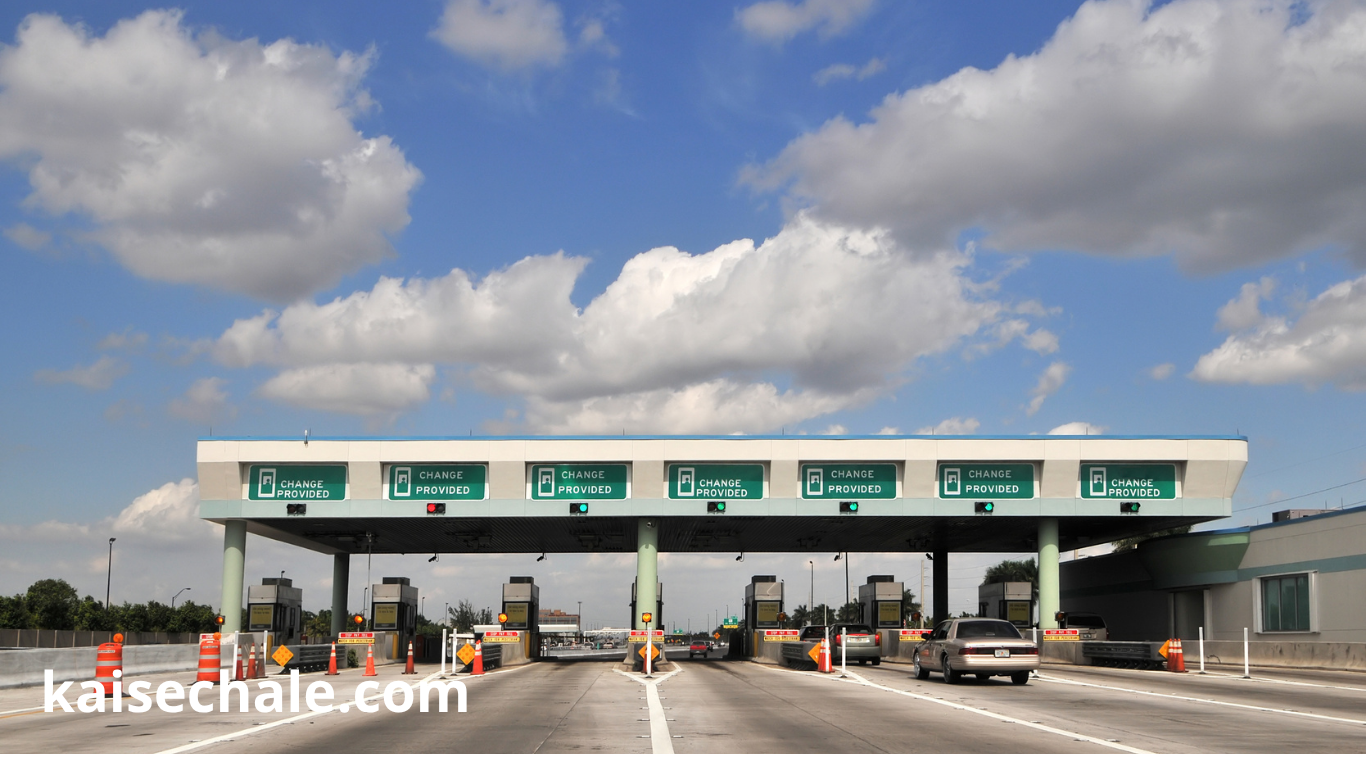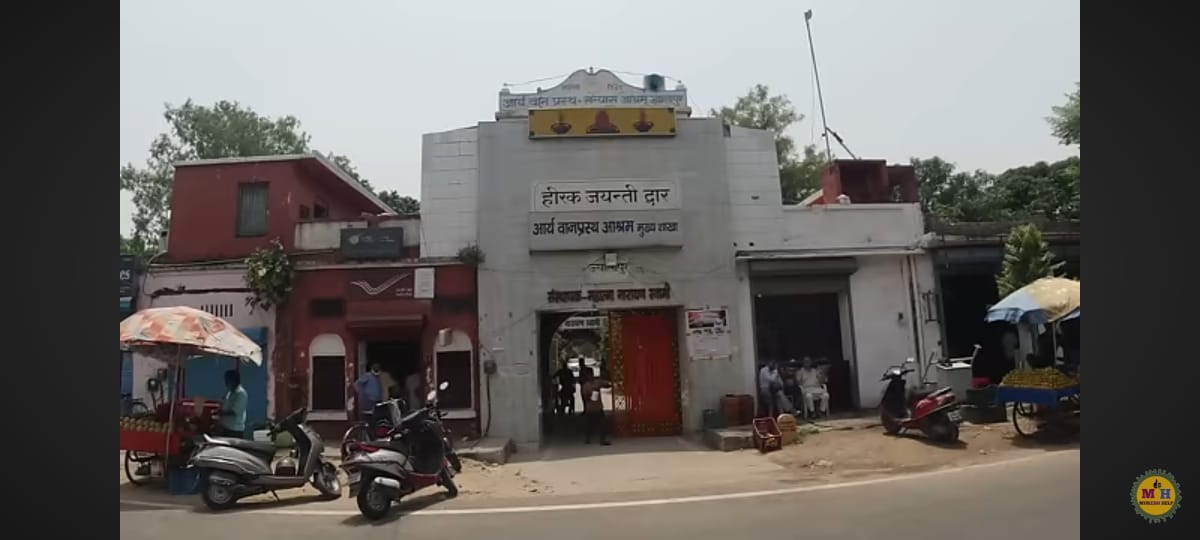
#FASTag #NHAI #TollRules #VehicleOwners #HighwayIndia #TransportPolicy #DigitalIndia #TollPlaza #AnnualPass #MLFF
प्रस्तावना
भारत में टोल कलेक्शन सिस्टम को डिजिटल और पारदर्शी बनाने के लिए FASTag की शुरुआत की गई थी। लेकिन हाल के दिनों में लूज फास्टैग (Loose FASTag) यानी ऐसे टैग जो वाहन की विंडशील्ड पर सही से नहीं चिपकाए गए हैं या हाथ में लेकर दिखाए जाते हैं, उनके दुरुपयोग के मामले बढ़े हैं। NHAI ने अब ऐसे लूज फास्टैग को ब्लैकलिस्ट करने का सख्त फैसला लिया है। इस लेख में जानिए इस फैसले के पीछे की वजह, प्रक्रिया, नए नियम, वाहन मालिकों पर असर और जरूरी सुझाव।
लूज फास्टैग क्या है?
लूज फास्टैग वह टैग है जिसे वाहन की विंडशील्ड पर चिपकाने के बजाय हाथ में लेकर या डैशबोर्ड पर रखकर टोल प्लाजा पर दिखाया जाता है। कई बार लोग एक ही टैग को अलग-अलग गाड़ियों में इस्तेमाल करते हैं, जिससे टोल सिस्टम में गड़बड़ी होती है।
NHAI का फैसला क्यों?
NHAI ने पाया कि लूज फास्टैग के कारण टोल कलेक्शन सिस्टम में धोखाधड़ी, टोल चोरी, ट्रैफिक जाम और सिस्टम की पारदर्शिता में कमी आ रही है।
-
कई वाहन मालिक छोटे वाहन के टैग को बड़े वाहन में इस्तेमाल कर कम टोल देते हैं।
-
हाथ में टैग दिखाने से मैन्युअल स्कैनिंग करनी पड़ती है, जिससे लाइन लंबी होती है और समय बर्बाद होता है।
-
टोल ऑपरेटरों को फर्जी चार्जबैक, क्लोज्ड-लूप सिस्टम का दुरुपयोग और विवादों का सामना करना पड़ता है।
-
MLFF (Multi-Lane Free Flow) और Annual Pass जैसे नए सिस्टम के लिए टैग का सही जगह होना जरूरी है।
नए नियम क्या हैं?
-
11 जुलाई 2025 से लूज फास्टैग की तुरंत रिपोर्टिंग और ब्लैकलिस्टिंग की प्रक्रिया लागू हो गई है।
-
सभी टोल एजेंसियों को निर्देश दिया गया है कि अगर कोई वाहन मालिक फास्टैग को विंडशील्ड पर नहीं लगाता या हाथ में दिखाता है, तो उसकी रिपोर्ट तुरंत NHAI को भेजें।
-
NHAI ने एक डेडिकेटेड ईमेल आईडी दी है, जिस पर ऐसे मामलों की सूचना भेजी जा सकती है।
-
रिपोर्ट मिलते ही उस फास्टैग को ब्लैकलिस्ट या हॉटलिस्ट कर दिया जाएगा।
-
ब्लैकलिस्टेड टैग से टोल पेमेंट नहीं हो पाएगा और वाहन मालिक को दोगुना टोल देना पड़ सकता है।
ब्लैकलिस्टिंग की प्रक्रिया
-
जैसे ही टोल एजेंसी लूज फास्टैग की रिपोर्ट भेजती है, NHAI उस टैग को तुरंत ब्लैकलिस्ट कर देती है।
-
ब्लैकलिस्टिंग के बाद वह टैग किसी भी टोल प्लाजा पर काम नहीं करेगा।
-
वाहन मालिक को टोल प्लाजा पर रोक दिया जाएगा या दोगुना टोल देना पड़ेगा।
-
टैग को दोबारा एक्टिवेट कराने के लिए बैंक या वॉलेट प्रोवाइडर से संपर्क करना होगा, टैग को सही जगह चिपकाना और KYC पूरी करना जरूरी है।
नए नियमों का असर
1. वाहन मालिकों पर
-
लापरवाही या जानबूझकर लूज फास्टैग इस्तेमाल करने वालों को परेशानी होगी।
-
बार-बार ब्लैकलिस्टिंग से यात्रा में बाधा, समय की बर्बादी और अतिरिक्त खर्च बढ़ेगा।
-
सही तरीके से टैग लगाने वालों को ट्रैफिक जाम, विवाद और देरी से राहत मिलेगी।
2. टोल ऑपरेटरों पर
-
मैन्युअल स्कैनिंग कम होगी, जिससे लाइनें छोटी होंगी।
-
फर्जीवाड़ा, चार्जबैक और विवाद कम होंगे।
-
सिस्टम की पारदर्शिता और विश्वसनीयता बढ़ेगी।
3. सरकार और सिस्टम पर
-
टोल कलेक्शन में पारदर्शिता और राजस्व में वृद्धि होगी।
-
MLFF और Annual Pass जैसे डिजिटल अपग्रेड्स के लिए रास्ता साफ होगा।
-
डिजिटल इंडिया और स्मार्ट ट्रांसपोर्ट की दिशा में बड़ा कदम।
नए नियमों के अन्य महत्वपूर्ण बिंदु
-
एक वाहन पर एक ही फास्टैग मान्य होगा।
-
KYC पूरी करना अनिवार्य है, बिना KYC के टैग ब्लॉक हो सकता है।
-
30 दिन से ज्यादा इनएक्टिव टैग या बार-बार दुरुपयोग वाले टैग ऑटोमेटिक ब्लैकलिस्ट हो सकते हैं।
-
ब्लैकलिस्टिंग के बाद 48 घंटे की चेतावनी मिल सकती है, फिर टैग पूरी तरह बंद हो जाएगा।
-
वार्षिक पास (Annual Pass) 15 अगस्त 2025 से लागू होगा, जिससे 3000 रुपये में 200 ट्रिप या एक साल की अनलिमिटेड यात्रा संभव होगी।
वाहन मालिकों के लिए सुझाव
-
फास्टैग को हमेशा विंडशील्ड पर सही जगह चिपकाएं।
-
टैग को बार-बार निकालें या बदलें नहीं।
-
KYC और बैलेंस अपडेट रखें।
-
ब्लैकलिस्टिंग की स्थिति में तुरंत बैंक या वॉलेट से संपर्क करें।
-
नए नियमों की जानकारी रखें और पालन करें।
निष्कर्ष
NHAI का यह फैसला टोल सिस्टम को पारदर्शी, तेज और भरोसेमंद बनाने की दिशा में बड़ा कदम है। वाहन मालिकों को अब लापरवाही से बचना होगा और फास्टैग को सही जगह लगाना अनिवार्य है। इससे न सिर्फ उनकी यात्रा सुगम होगी, बल्कि देश के डिजिटल ट्रांसपोर्ट सिस्टम को भी मजबूती मिलेगी।
Introduction
India’s toll collection system has undergone a digital revolution with the introduction of FASTag. However, the misuse of “loose FASTags”—those not properly affixed to vehicle windshields or shown by hand at toll plazas—has become a growing concern. The National Highways Authority of India (NHAI) has now taken a strict stance: all loose FASTags will be blacklisted. This article explores the reasons behind this move, the new rules, the process, the impact on vehicle owners, and essential tips for compliance.
What is a Loose FASTag?
A loose FASTag refers to a tag that is not properly stuck to the vehicle’s windshield but is instead shown by hand or kept on the dashboard at toll plazas. Some users even swap the same tag between multiple vehicles, undermining the integrity of the toll collection system.
Why Did NHAI Take This Step?
NHAI observed that loose FASTags were leading to:
-
Toll fraud, where tags from smaller vehicles are used on larger ones to pay less toll.
-
Manual scanning at toll plazas, causing longer queues and delays.
-
Increased disputes, false chargebacks, and misuse of closed-loop systems.
-
Disruption of the seamless, automated tolling process, especially as India prepares for Multi-Lane Free Flow (MLFF) and the Annual Pass system.
The New Rules
-
From July 11, 2025, immediate reporting and blacklisting of loose FASTags is mandatory.
-
All toll agencies must report any instance where a FASTag is not affixed to the windshield or is shown by hand.
-
NHAI has provided a dedicated email ID for reporting such violations.
-
Upon receiving a report, the FASTag in question will be blacklisted or hotlisted immediately.
-
Blacklisted tags will not work at any toll plaza, and the vehicle owner may have to pay double toll charges.
The Blacklisting Process
-
Once a loose FASTag is reported, NHAI blacklists it in real time.
-
The tag becomes invalid for toll payments across all national highways.
-
The vehicle owner is either denied access to FASTag lanes or must pay double toll in cash (where permitted).
-
To reactivate the tag, the owner must contact the issuing bank or wallet provider, affix the tag properly, and complete KYC if pending.
Impact of the New Rules
1. On Vehicle Owners
-
Those using loose FASTags, either out of negligence or intent, will face inconvenience, delays, and extra costs.
-
Repeated blacklisting can disrupt travel plans and increase expenses.
-
Compliant users will benefit from reduced congestion, fewer disputes, and faster toll processing.
2. On Toll Operators
-
Reduced manual scanning and shorter queues.
-
Fewer fraudulent transactions and chargebacks.
-
Enhanced transparency and reliability of the toll system.
3. On the Government and System
-
Increased transparency and revenue in toll collection.
-
Smoother implementation of digital upgrades like MLFF and Annual Pass.
-
A significant step towards Digital India and smart transport infrastructure.
Other Key Points in the New Rules
-
Only one FASTag per vehicle is allowed.
-
KYC completion is mandatory; tags without KYC will be blocked.
-
Tags inactive for over 30 days or misused repeatedly may be automatically blacklisted.
-
A 48-hour warning may be issued before full deactivation, depending on the violation.
-
The Annual Pass system launches on August 15, 2025, offering 200 trips or unlimited travel for a year at ₹3,000.
Tips for Vehicle Owners
-
Always affix the FASTag properly on the windshield.
-
Do not remove or swap the tag between vehicles.
-
Keep KYC and balance updated.
-
In case of blacklisting, contact your bank or wallet provider immediately and follow the reactivation process.
-
Stay informed about the latest rules and comply to avoid penalties.
Conclusion
NHAI’s decision to blacklist loose FASTags is a major step towards making India’s toll system transparent, efficient, and reliable. Vehicle owners must now ensure proper compliance to avoid inconvenience and penalties. This move not only streamlines travel but also strengthens the country’s digital transport infrastructure.
Note:This article is for informational purposes and reflects the latest updates as of July 2025. Vehicle owners are advised to check with NHAI or their FASTag provider for any further clarifications or updates.









